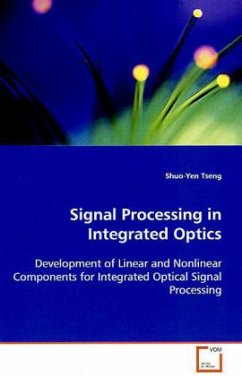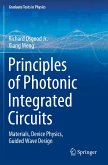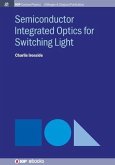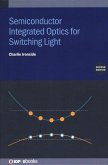Optical processors have potentially a major advantage
over electronic processors because of their
tremendous bandwidth. Massive parallelism is another
inherent advantage of optical processors. However, it
is traditionally demonstrated with free space
components and seldom used for integrated optical
signal processing. In this work, we consider spatial
domain signal processing in guided wave structures,
which brings a new dimension to the existing serial
signal processing architecture and takes advantage of
the parallelism in optics. A new concept for linear
optical signal processing using multimode waveguide
holograms (MWHs) is introduced and analyzed. We also
examine the nonlinear optical switches which allow
the integration of MWHs into modern optical
communication networks. Finally, we demonstrate the
concept of optical switching using XPM in segmented
semiconductor optical amplifiers (SOA) based on the
proven technology of semiconductor waveguides. The
analysis should be especially useful to researchers
working in the field of optical signal processing.
over electronic processors because of their
tremendous bandwidth. Massive parallelism is another
inherent advantage of optical processors. However, it
is traditionally demonstrated with free space
components and seldom used for integrated optical
signal processing. In this work, we consider spatial
domain signal processing in guided wave structures,
which brings a new dimension to the existing serial
signal processing architecture and takes advantage of
the parallelism in optics. A new concept for linear
optical signal processing using multimode waveguide
holograms (MWHs) is introduced and analyzed. We also
examine the nonlinear optical switches which allow
the integration of MWHs into modern optical
communication networks. Finally, we demonstrate the
concept of optical switching using XPM in segmented
semiconductor optical amplifiers (SOA) based on the
proven technology of semiconductor waveguides. The
analysis should be especially useful to researchers
working in the field of optical signal processing.








